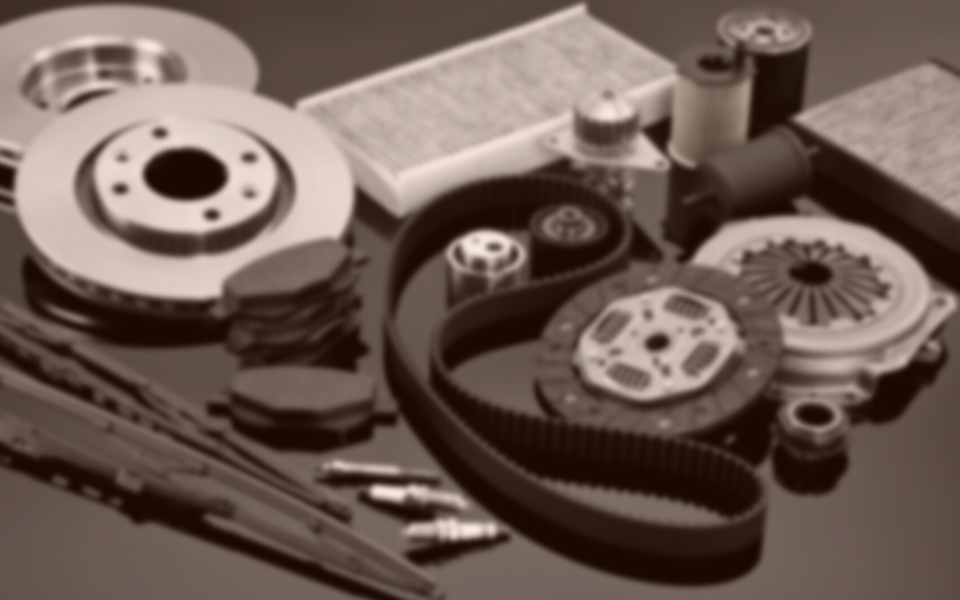
In the intricate world of dealership parts operations, maintaining high profits and exceptional customer service relies heavily on a finely tuned parts department. Yet, even the most experienced Parts Managers can find themselves grappling with issues that hinder inventory efficiency. New Parts Managers and those navigating changing manufacturer programs may often discover their inventory becoming increasingly unmanageable. By closely monitoring critical aspects and implementing a support plan, these challenges can be effectively addressed, leading to a new phase of profitability and productivity.
1. Low fill rates
A low fill rate is a strong indicator that your parts department is struggling to meet customer demands. Fill rate, which measures the percentage of successfully fulfilled orders from on-hand inventory, offers a valuable glimpse into inventory health. However, be cautious when analyzing this metric, as different dealerships with varying wholesale, retail, and warranty mixes can yield varying fill rate figures. To calculate an accurate fill rate, considering off-the-shelf performance or job fill is recommended. Enhancing fill rates demands strategic procurement practices and a deep understanding of your dealership’s unique dynamics.
2. High obsolescence that keeps coming back
As parts managers face ever-changing programs and manufacturer guidelines, the challenge of high obsolescence persists. Obsolete parts tie up resources and lead to unnecessary expenses. While dealing with obsolescence is inevitable, it’s essential to address the root causes and implement preventative measures. Regular audits, proactive obsolescence management, and strategic engagement with special order processes can significantly reduce the burden of high obsolescence.
3. Running out of fast-moving parts
Shortages of fast-moving parts can significantly disrupt operations, leading to production delays and customer dissatisfaction. A well-functioning parts department should always have a handle on high-demand components. Consistent shortages point towards inefficiencies in forecasting and inventory management. By leveraging historical sales data, customer demand patterns, and robust inventory management systems, you can prevent running out of these critical components.
4. Over-complicated management reports
While data-driven decisions are crucial, overly-complex management reports can hinder effective decision-making. Simplifying your reporting processes is key to identifying areas that require attention and streamlining operations. Clear, concise insights enable swift actions and prevent undue complexities from slowing down your parts department’s efficiency.
5. Low inventory turns
Inventory turn rate, which measures how quickly your inventory is sold and replaced, directly influences parts department performance. A low turn rate indicates that parts are lingering on shelves for extended periods, tying up capital and increasing the risk of obsolescence. Striking a balance between maintaining optimal stock levels and meeting market demands is essential to boosting turn rates.
A well-functioning parts department is at the heart of dealership success. Recognizing the signs that your parts department requires support is crucial for maintaining efficient operations, satisfying customers, and maximizing profits. By addressing low fill rates, high obsolescence, shortages of fast-moving parts, complex management reports, and low turn rates, you can position your parts department for growth and excellence.
Don’t wait until these challenges become insurmountable. Taking proactive steps to optimize inventory management, streamline reporting, and enhance forecasting can help your dealership thrive. With the right strategies, tools, and support, you can transform your parts department into a lean, efficient, and profitable operation.By partnering with experts like PartsEdge, you can navigate these challenges seamlessly. With decades of experience, PartsEdge provides customized solutions that enable Parts and Service Managers to optimize their inventory health, streamline DMS management, and achieve substantial improvements. With an average 20% reduction in total inventory, enhanced ROI, and increased parts sales, PartsEdge’s results speak for themselves. If you’re ready to empower your parts department for success, reach out to us today.



